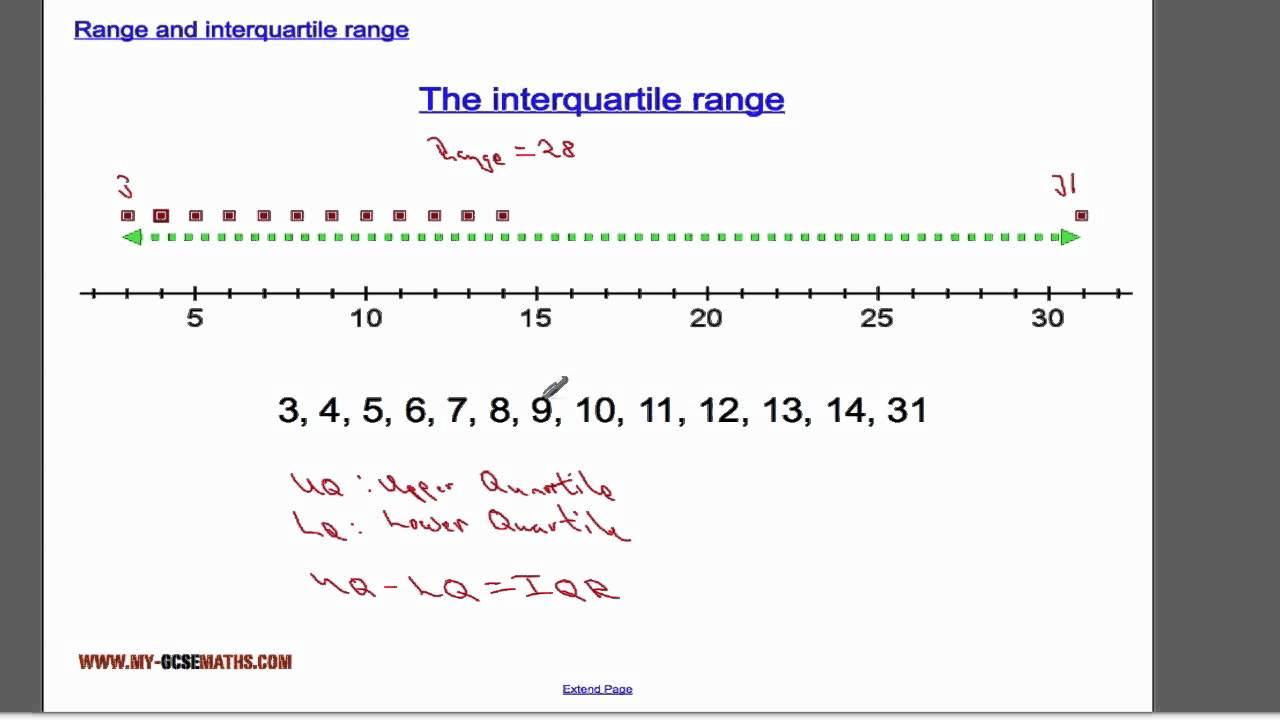
How to Properly Boil Chicken Breasts for Juicy Results
Boiling chicken breasts is a simple yet effective culinary technique that can yield deliciously tender and juicy results. Whether you're preparing a wholesome meal for your family, meal prepping for the week, or looking to infuse flavors into dishes like salads and sandwiches, mastering how to boil chicken breasts can significantly enhance your cooking repertoire. This method not only ensures that the chicken retains moisture, but it also allows for the addition of various seasonings and ingredients to elevate the taste. In this article, we will explore the best practices for boiling chicken breasts, including timings, temperatures, and cooking techniques to achieve the perfect result every time.
In addition to its taste, boiled chicken is a healthy option loaded with protein and essential nutrients. It can easily fit into various diets, making it a versatile ingredient in numerous recipes. We'll guide you through every step, from preparing chicken for boiling to checking doneness and employing different flavors. So, get ready to make the best boiled chicken breasts for soups, salads, and more!
Stick around as we delve into the intricacies of boiling chicken breasts, ensuring you know everything from timing to nutritional benefits. Key takeaways include how long to boil chicken breasts for various recipes and the nuances of preparing chicken to achieve juicy perfection.
Essential Steps for Perfectly Boiling Chicken Breasts
To begin with, boiling chicken breasts requires a clear understanding of the preparation process. The first step is to choose the right chicken breasts. Opt for skinless, boneless chicken breasts for the best results. This helps in keeping the chicken tender and allows for even cooking.
Before boiling, it's essential to season your chicken. A common method is to marinate or rub the chicken with herbs and spices to boost its flavor. Consider options like garlic powder, onion powder, paprika, salt, and pepper. Alternatively, you could infuse flavor into the boiling water itself by adding halved lemons, garlic cloves, or fresh herbs.
When it comes to actual boiling, place the chicken breasts in a large pot and cover them with enough cold water to fully submerge the meat. This helps in even cooking, ensuring that each piece is heated uniformly. Use a premium-quality cooking pot to achieve consistent results.
Bring the pot to a gentle boil, ensuring that the water does not boil vigorously, which could result in tough chicken. Once boiling, reduce the heat to a simmer and cover the pot to maintain moisture. It’s crucial at this stage to reference your cooking time—roughly 15 to 20 minutes for average-sized breasts—however, cooking times can vary based on thickness.
Check chicken breast doneness by using a meat thermometer. The internal temperature should reach at least 165°F (75°C). This will not only keep the chicken safe to eat but also retain its moisture effectively.
Understanding Boiling Times for Chicken Breasts
Knowing how to time your chicken breasts properly is fundamental to ensuring tender results. Cooking time can vary depending on the size and thickness of the breasts; therefore, it's essential to adjust the boiling times accordingly. For instance, fillets that are thinner may only require around 10-12 minutes, while thick breasts may need closer to 20-25 minutes.
Following the initial boil, keep an eye on the clock but also trust your instincts. In addition to time, look for visual cues—such as opaque coloring or juices running clear when pierced. This ensures that the chicken is cooked just right without being overdone, which can lead to dryness.
If you're preparing chicken for salads or meal prep, consider using the “rest” time after boiling. Letting the chicken sit covered for an additional 5-10 minutes off heat will allow the juices to redistribute throughout the meat, enhancing flavor and tenderness.
Combining various preparations can also add texture and flavor, whether that means adding vegetables like carrots or celery to the boiling pot or using the resulting broth for future dishes. Keep these options in mind as you become adept in boiling chicken breasts!
As we dive deeper into this boiling technique, it’s vital to efficiently integrate the best practices that we've covered. Next, we will explore practical tips for adding flavor to your boiled chicken and ways to utilize it in different recipes.
Flavoring Tips for Juicy Boiled Chicken Breasts
Flavoring boiled chicken enhances the dish’s overall taste. One simple way to amp up flavor is to season the water used for boiling. Use a blend of salt, peppercorns, bay leaves, and herbs like thyme or rosemary. A splash of vinegar or a squeeze of lemon juice can also add nice acidity to balance flavors.
If you prefer, even marinades can be applied before boiling. A marinated boiled chicken can offer a delightful depth of flavor. Consider using a ginger-soy marinade for an Asian twist, or a zesty lime and cilantro mix for a more refreshing taste.
Another great option is to create a chicken broth with the boiled chicken. After cooking, separate the meat from the broth and utilize it in soups or sauces. You can even reduce it further and enjoy it as a base for other dishes like risottos or grain bowls.
For those looking to mix health with robust flavors, boiling chicken together with vegetables can create a nutritious meal in one pot. Think carrots, onions, or even leafy greens that can benefit from the subtle chicken essence. This not only saves on dishes but also enhances nutrition!
Each of these techniques adds versatility to boiled chicken breasts, allowing them to shine in various meals. Now, let’s look at some practical implementations—how to use boiled chicken in different recipes that cater to your needs.
Best Recipes Using Boiled Chicken Breasts
Boiled chicken forms the perfect base for a multitude of wholesome recipes. One of the favorites is the classic chicken salad. Chopped boiled chicken mixed with Greek yogurt, chopped celery, and grapes creates a delicious and nutritious lunch option.
Another fantastic recipe is a warm chicken and vegetable stir-fry. After boiling chicken breasts, shred the meat and sauté it with a variety of colorful vegetables like bell peppers and broccoli. Add a splash of soy sauce and ginger for an Asian flair that’s simple yet flavorful.
For a one-pot meal, try boiled chicken served over brown rice or quinoa. Enhance the dish with a drizzle of olive oil and a sprinkle of your favorite spices for extra flavor. This is a great way to balance proteins and carbs, ensuring a wholesome dinner.
Additionally, you can prepare quick and easy boiled chicken tacos. Shred the boiled chicken and mix with spices like cumin and chili powder, then serve in corn tortillas with toppings of your choice for a simple yet satisfying meal.
These recipes showcase the versatility of boiled chicken breasts and illustrate how easy it is to integrate them into everyday meals. Our next section will address the common mistakes people make when boiling chicken and provide solutions to avoid them.
Avoiding Common Mistakes When Boiling Chicken Breasts
Even though boiling chicken breasts can seem straightforward, common pitfalls can lead to undesirable results. One frequent mistake is starting with cold water; it's crucial to use hot water for optimal cooking duration and texture. Placing chicken in already boiling water ensures the fibers cook evenly and helps retain moisture.
Another mistake is overcooking the chicken, which can render it dry and tough. Monitoring the cooking temperature and adhering to the suggested boiling times will help mitigate this issue. Relying too heavily on timing alone can lead to errors; always verify doneness with a thermometer.
Failing to season adequately before boiling is a mistake that can leave the chicken bland. Incorporating spices into the actual boiling process is essential to infusing flavor throughout the meat. Don't forget to experiment with different flavors and aromatics to keep meals interesting!
Lastly, do not discard the boiling liquid. This broth can be utilized in many ways and is a great resource for enhancing future dishes, whether soups or sauces. Practice being mindful of these common pitfalls in your boiling technique to ensure delicious results every time.
Health Benefits of Boiled Chicken Breasts
Not only is boiled chicken a delicious and versatile ingredient, but it also comes packed with numerous health benefits. Being rich in protein, boiled chicken helps build muscle and provides the essential nutrients our bodies need for recovery and strength. On average, skinless chicken breast contains about 31 grams of protein per 100 grams!
Moreover, boiled chicken has lower fat content than other cooking methods like frying or grilling, making it a healthier option for weight management and heart health. It's a lean protein that contributes to a well-balanced diet.
Additionally, when you make chicken broth from the boiling process, you add collagen, amino acids, and vitamins that can boost your immune system and promote healthy digestion. This nutritious liquid is great for soups, sauces, and pasta dishes!
Incorporating boiled chicken into your diet can offer significant health benefits, thus enhancing your meal planning smartly. As you improve your boiling techniques, you will enjoy both flavorful and health-conscious meals consistently.
Conclusion
Mastering the art of boiling chicken breasts can dramatically improve your culinary skills and provide a healthy, protein-rich ingredient for an array of dishes. By understanding the essential steps for boiling, proper timing, flavoring techniques, and utilizing the chicken in recipes, you are set up for outstanding results.
Remember to avoid common pitfalls such as under-seasoning or overcooking and take advantage of the health benefits that come from this cooking method. So whether you’re preparing chicken for salads, tacos, or healthy meal prep, boiled chicken breasts can be a game-changer in your kitchen.

 ```
```